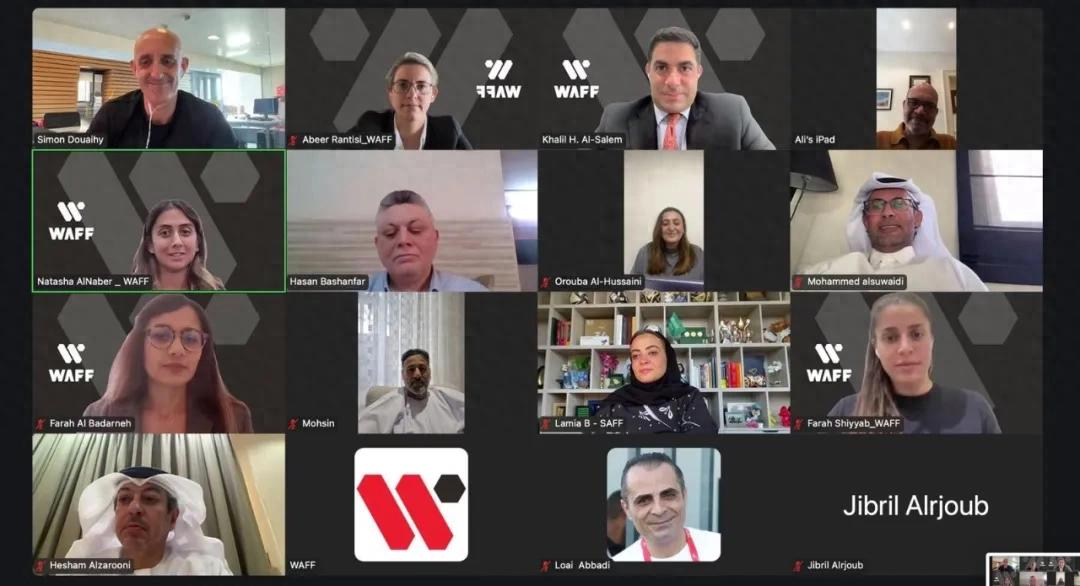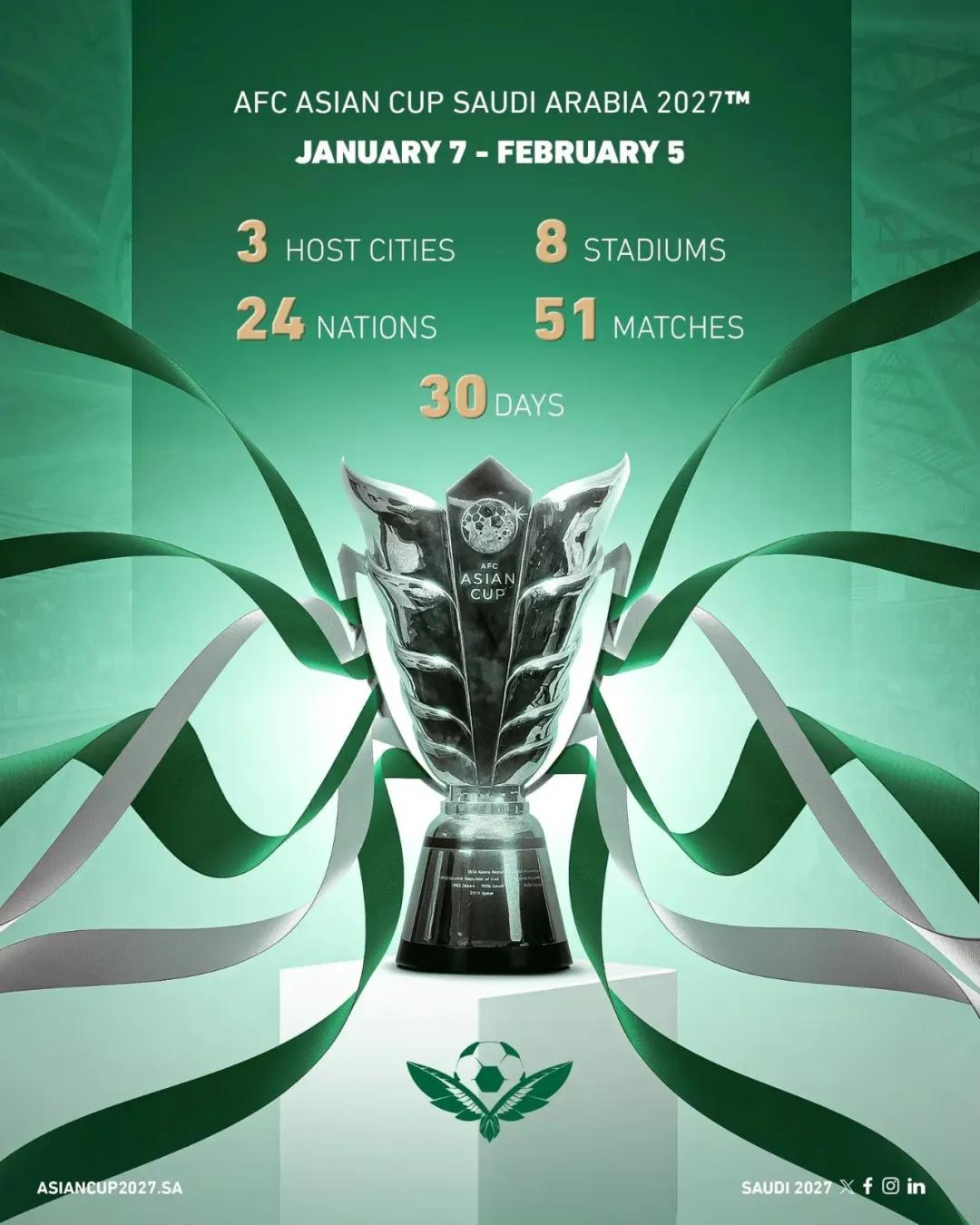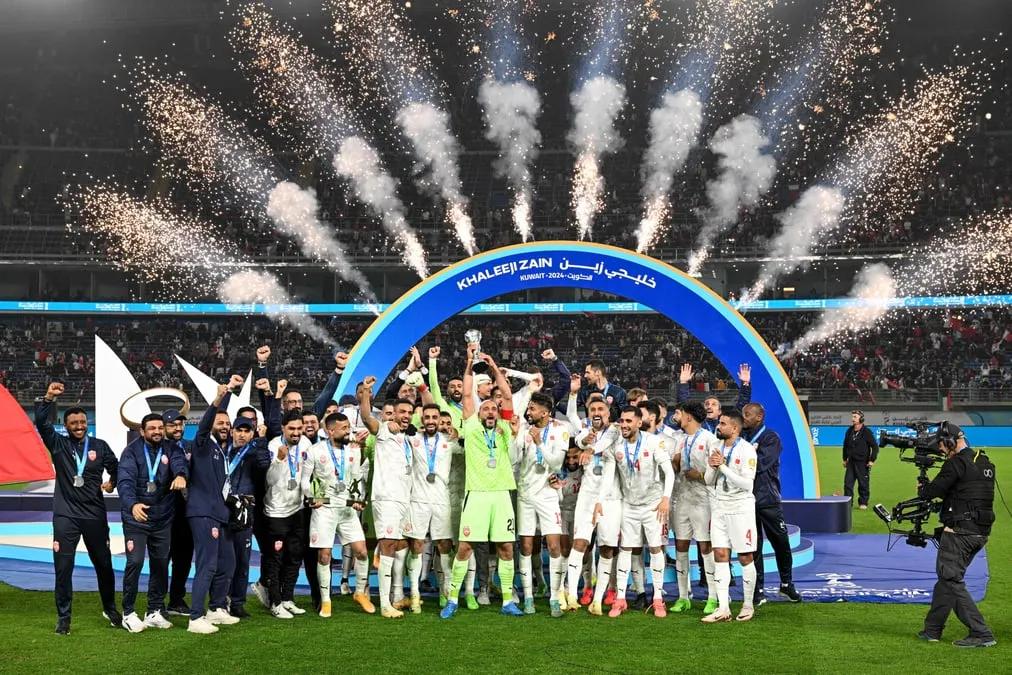The West Asian Cup champion "straight through" the Asian Cup? The West Asian Football Confederation asks for privileges

The reporter reported coldly After Salman took control of the AFC, the influence of the West Asian region was unprecedented, and almost all competitions were beneficial to West Asia. But their ambitions go far beyond that – on May 28, at a meeting of the West Asian Football Confederation (FIFA) Executive Committee, they passed a resolution asking the AFC to agree to the winners of the West Asian Cup to qualify directly for the Asian Cup.
The West Asian Football Confederation was established in 2001 and is a regional football confederation under the AFC. After Iran switched to the Central Asian Football Confederation (CAC) in 2014, the West Asian Football Confederation (CAC) has 12 members: Saudi Arabia, the United Arab Emirates, Qatar, Iraq, Kuwait, Bahrain, Oman, Yemen, Syria, Lebanon, Jordan and Palestine, covering all 12 Arab countries in West Asia. Important competitions organised by the West Asian Football Confederation include the men's U15/U16, U18/U19, U23 and senior West Asian cups, and the women's U14, U15, U18 and senior West Asian cups.
At present, the Asian Cup consists of 4 age groups for men's U17, U20, U23 and senior Asian Cup, and 3 age groups for women's football including U17, U20 and senior Asian Cup.

The AFC Continental Tournaments for each age group are determined by qualifiers covering the whole of Asia to determine the finalists. However, the West Asian Football Confederation's "direct pass" to the Asian Cup plan will lead to the loss of basic fairness in the production of Asian Cup finals. The ambitions of the West Asian Football Federation do not stop there, in addition to the West Asian Cup champion directly obtaining one Asian Cup place, it is also hoped that the Asian Football Confederation will agree to use the West Asian region as the scope of the competition to organize the Asian Cup qualifiers for each age group of men's and women's football teams, and enjoy the geographical advantage.
The AFC has a precedent of going straight to the finals of the Asian Cup, with the 2011 and 2015 Asian Cups having four places in addition to the hosts, the top three of the previous Asian Cup and the winner of the AFC Challenge Cup. The 2011 Asian Cup was won by Iraq, Saudi Arabia, South Korea (top 3 in the 2007 Asian Cup) and India (the 2008 AFC Challenge Cup winners), and the 2015 Asian Cup was won by Japan, Australia, South Korea (top 3 in the 2011 Asian Cup) and North Korea (the 2012 AFC Challenge Cup winners).
The 4 direct quota places are all won by the teams that have achieved excellent results in the continental competitions hosted by the AFC, which is reasonable. However, since the 2019 Asian Cup, for the sake of fairness, the AFC has reinstated the format in which the rest of the Asian Cup places outside the host country are generated from the qualifiers. Of the 24 finals places for the 2027 Asian Cup, 18 are from the top 18 of the Asian qualifiers for the World Cup, and the remaining six places will be determined through two rounds of qualifying.

The West Asian Football Confederation's "Direct" Asian Cup program will upgrade the West Asian Cup from a regional competition completely unrelated to Asian competitions to a higher-level official competition that directly produces Asian Cup teams. If the AFC accepts the West Asian Football Confederation's request, the other four regional football confederations in Asia (East Asia, Southeast Asia, South Asia and Central Asia) will inevitably demand equal treatment, which will throw the simple and fair Asian Cup qualifying format into chaos. Moreover, it is unclear whether the AFC will agree to the same privileges for the regional champions of other regional football confederations.
To this end, the West Asian Football Confederation also plans to expand the longer established Gulf Cup to the entire West Asian Football Confederation in partnership with fewer federations in the same region. The number of teams has expanded from 8 teams from the Gulf Cup (Saudi Arabia, UAE, Qatar, Bahrain, Iraq, Kuwait, Oman, Yemen) to all 12 teams under the West Asian Football Confederation.



Wonderfulshortvideo
As cold as you like 😮💨


A magician ✨


The speed 🥵🥵


Retro Ronaldo speed 🔥


Cole Palmer 🤝 finals


The elite marksman 🤩


Luka Modrić’s trivela finish 😮💨








 Links
Links
 Contact
Contact
 App
App


